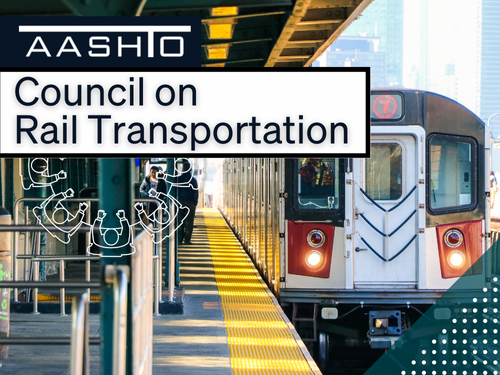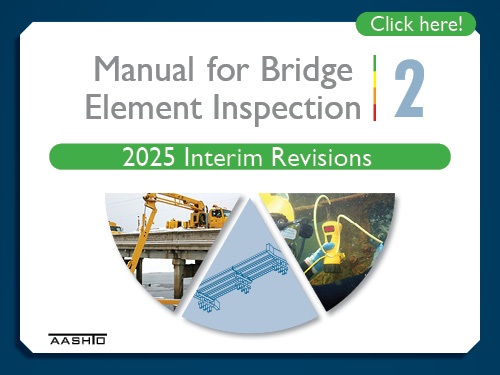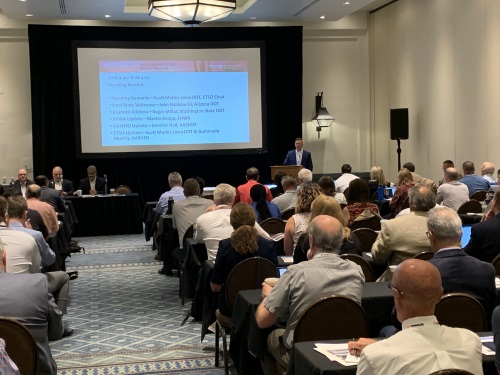The Committee on Transportation System Operations or CTSO of the American Association of State Highway and Transportation Officials recently highlighted several major challenges facing the transportation sector in the near future at its annual meeting.
[Above photo by AASHTO]
Held in Scottsdale, AZ, September 6-9 in person for the first time in three years, the CTSO annual meeting focused on the workforce challenges facing state departments of transportation across the country – especially when it comes to technology-centered areas.

AASHTO’s CTSO focuses on transportation system operations and associated intelligent transportation systems or ITS technologies with the goal of improving safety, system reliability, and highway system performance. CTSO also strives to develop a transportation systems management and operations or TSMO “culture,” which includes the need to grow TSMO skill set within the state DOT workforce.
While moderating a CEO Roundtable at the CTSO annual meeting, Scott Marler – director of the Iowa Department of Transportation and CTSO chair – asked three fellow state DOT executives to describe the greatest challenge they face. Each emphatically answered in one word: workforce.

Roger Millar, secretary of the Washington State Department of Transportation and AASHTO 2021-2022 vice president, reminded attendees building a transportation workforce with the knowledge, skills, and abilities required to improve the transportation is a challenge.
“However, we need to recognize the things we are doing are what going to attract young people to our profession,” he explained, reminding the audience that though state DOTs can’t pay the same as the private sector “we can give them an opportunity to make an immediate impact on people’s lives.”
John Halikowski, director of the Arizona Department of Transportation, urged attendees to “remain optimistic and try new solutions” as state DOTs turn to operations strategies to address the challenges of safety and congestion.

Carlos Braceras, director of the Utah Department of Transportation, shared one key to his agency’s success in mainstreaming transportation operations within their agency. “You must start with the why,” Braceras emphasized. “When people understand the why, they buy into new approaches like operations readiness.”
CTSO’s CEO Roundtable discussion also addressed the importance of diversity, equity, and inclusion within the workforce and the importance of building a workforce that is emblematic of the public they serve.
In November 2020, the AASHTO Board of Directors unanimously adopted a resolution committing the organization and state DOTs to six action items, including strengthening its commitment to the values proclaimed in the Civil Rights Act of 1964, enhancing decision-making processes focused on advancing racial justice, and fostering inclusive workplaces where discrimination and bias are not tolerated.

Shante Hastings – deputy secretary and chief engineer for the Delaware Department of Transportation and CTSO co-chair – and WSDOT’s Daniella Bremmer hosted a separate panel discussion on the progress of the diversity, equity, and inclusion or DEI task force.
That group has taken on several roles for the committee, including reviewing committee appointments and representation, updating CTSO’s leadership recruitment process, and hosting a series of webinars on DEI within operations programs.
Another panel focused on the impact of the $1.2 trillion Infrastructure Investment and Jobs Act or IIJA on TSMO activities, with the goal of developing an “operations focused outline” of the legislation to assist members with understanding the full breadth of opportunities for funding TSMO-related efforts.
That discussion also emphasized that the IIJA did not incorporate TSMO language per se throughout its many provisions and that AASHTO’s assessment of that legislation proved “invaluable” in guiding states where management and operations considerations were eligible.
Attendees also heard from the Federal Highway Administration on a great deal of forthcoming operations-focused research, addressing topics such as TSMO benefits, TSMO and safety, and improving the workforce.
 AASHTO
AASHTO
Registration Open for Annual AASHTO Rail Meeting
June 20, 2025 AASHTO
AASHTO

